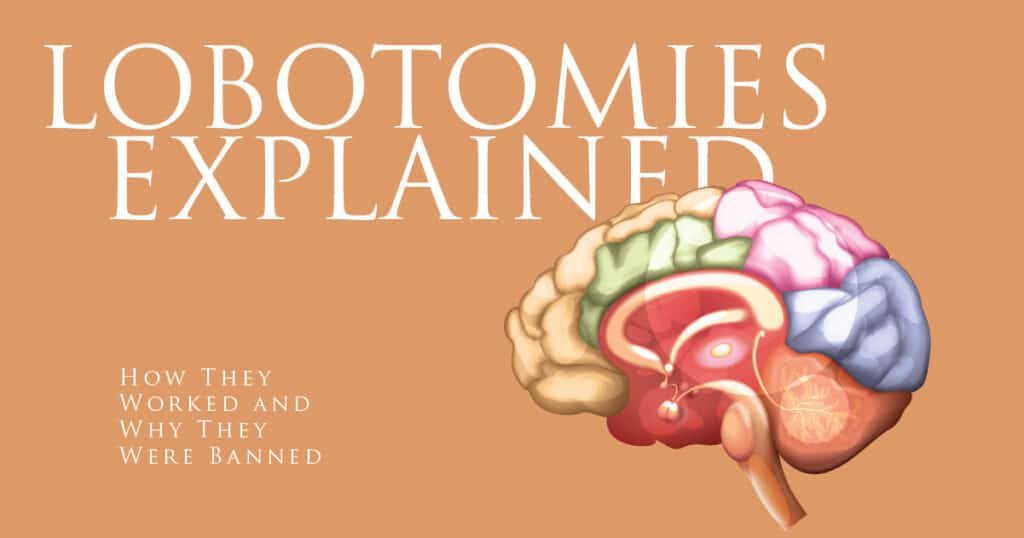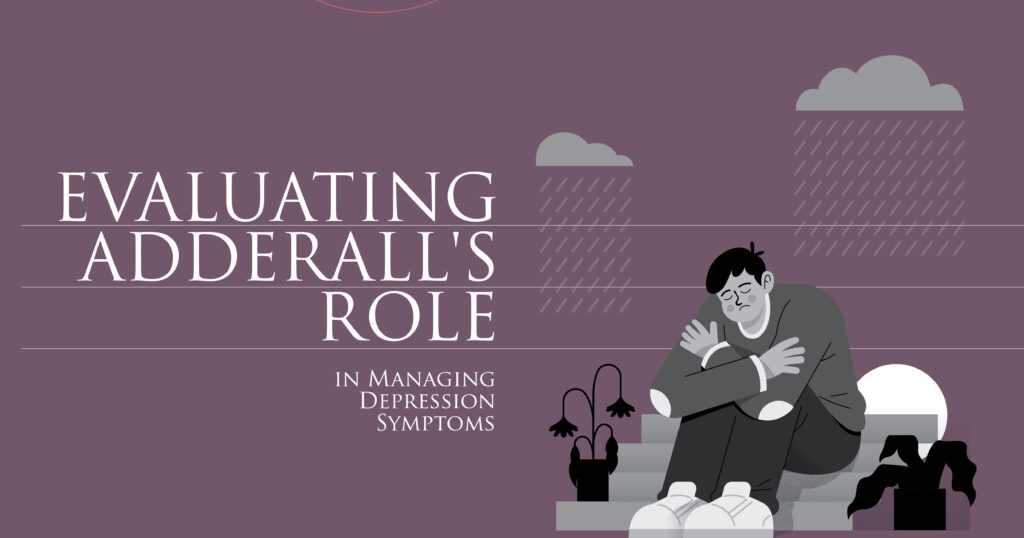Lobotomies were once hailed as a breakthrough in psychiatric medicine, offering hope to those who have severe mental illness. However, the procedure’s lasting effects and ethical concerns led to its eventual ban.
Understanding a lobotomy requires looking at its history, how it was performed, and its impact on patients. While it was once considered a standard treatment, modern medicine has moved far beyond this controversial practice.
What Is a Lobotomy? A Look at This Controversial Procedure
A lobotomy is a surgical procedure that involves severing connections in the brain’s prefrontal cortex to alter a person’s mental state. It was primarily used during the early-to-mid 20th century to treat conditions like schizophrenia, depression, and severe anxiety. The idea behind what is a lobotomy was that disrupting specific neural pathways would reduce psychiatric symptoms, making patients more manageable.
Widespread Use and Consequences
The procedure was widely adopted because, at the time, there were few effective treatments for mental disorders. Many patients in psychiatric institutions were subjected to lobotomies, often without fully understanding the consequences.
While some individuals showed temporary improvement, many suffered permanent cognitive and emotional impairments. The long-term effects of lobotomies made it clear that the procedure was more harmful than beneficial, leading to widespread criticism and eventual prohibition.
San Jose Mental Health
How Lobotomies Were Performed and What Happened to Patients
The process of performing a lobotomy varied over time, but the general goal remained the same: severing neural connections in the frontal lobe to alter behavior. Early procedures involved drilling holes into the skull and using surgical instruments to cut brain tissue. This method, known as a frontal lobotomy, was later replaced by the transorbital technique, which involved inserting a sharp instrument through the eye socket to access the brain.
Personality Changes After Lobotomy
Patients who underwent the procedure often exhibited significant personality changes. When people ask what happens when someone is lobotomized, the answer varies depending on the individual, but common effects include loss of emotional depth, memory issues, and reduced impulse control.
Cognitive and Functional Impairments
Some became passive and detached, while others experienced severe cognitive impairments, rendering them unable to function independently. Despite initial claims that lobotomies were a successful treatment, the long-term outcomes were overwhelmingly adverse, contributing to the eventual decline of the procedure.
The History of the Frontal Lobotomy: When Were Lobotomies Popular?
Lobotomies gained popularity in the 1930s and 1940s, becoming a widely accepted treatment for mental illness. António Egas Moniz, a Portuguese neurologist, introduced the procedure in the 1930s, believing it could relieve psychiatric distress by altering brain function. His work led to widespread adoption, and he was awarded a Nobel Prize in 1949 for his contributions.
Dr. Walter Freeman and the Spread of Lobotomies
In the United States, Dr. Walter Freeman became a leading advocate for lobotomies, performing thousands of procedures and promoting their use in psychiatric hospitals. His development of the transorbital technique made lobotomies more accessible, allowing them to be performed quickly with minimal surgical equipment.
During this period, the question of when lobotomies were popular can be answered simply: they were at their peak from the late 1930s to the early 1950s, with tens of thousands of patients undergoing the procedure.
The Decline of Lobotomies
However, as medical research advanced, the serious consequences of lobotomies became undeniable. Many patients were left permanently disabled, while others lost their ability to function in society. The introduction of psychiatric medications in the 1950s provided a safer alternative, leading to a sharp decline in the use of lobotomies.
When Was the Last Lobotomy Performed in the U.S.?
The decline of lobotomies was a slow process, but by the 1960s, they were largely abandoned in favor of more effective treatments. The final documented cases occurred in the late 1960s, though some reports suggest isolated procedures may have been conducted into the 1970s. By this time, lobotomies were widely viewed as unethical, and their risks far outweighed any potential benefits.
The Rise of Antipsychotic Medications
The shift away from lobotomies was driven by the introduction of antipsychotic drugs, particularly Thorazine, which provided relief from psychiatric symptoms without invasive surgery. As mental health awareness improved, medical professionals sought less damaging and more compassionate treatment methods.
By the late 20th century, lobotomies had become a relic of the past, symbolizing the dangers of medical overreach and the importance of ethical treatment practices.
San Jose Mental Health
Are Lobotomies Still Performed Today? Modern Perspectives
Given the historical significance of lobotomies, many people wonder if lobotomies are still performed anywhere in the world today. The simple answer is no traditional lobotomies have been completely abandoned as a medical practice. However, modern neurosurgical techniques have evolved to address psychiatric conditions in a much more precise and controlled manner.
Modern Alternatives to Lobotomies
Deep brain stimulation (DBS) and vagus nerve stimulation (VNS) are two modern procedures used for treatment-resistant mental disorders. Unlike lobotomies, these techniques involve targeted electrical impulses rather than irreversible brain damage. They are used only in extreme cases where all other treatments have failed and are performed under strict medical guidelines.
Ethical Concerns and the Shift in Mental Health Treatment
The ethical concerns surrounding lobotomies also played a significant role in their discontinuation. The practice was widely criticized for its lack of patient consent, its severe side effects, and the way it was used as a means of controlling difficult or non-compliant individuals rather than genuinely treating mental illness. Today, mental health treatment focuses on evidence-based approaches prioritizing patient well-being and long-term recovery.
Alternatives to Lobotomy: Advances in Mental Health Treatment
Modern medicine has provided a range of alternative treatments for psychiatric conditions, making lobotomies obsolete. Today, medications such as antidepressants, antipsychotics, and mood stabilizers allow individuals to manage their symptoms without invasive procedures. Therapy and counseling, particularly Cognitive Behavioral Therapy (CBT), offer long-term strategies for coping with mental health challenges.
Electroconvulsive Therapy (ECT), once considered controversial, has been refined and is now used safely in some instances of severe depression. Transcranial Magnetic Stimulation (TMS) is another non-invasive option that stimulates specific areas of the brain to alleviate symptoms of mental illness. These advancements have ensured that patients receive effective treatment without the risks associated with outdated procedures like lobotomies.
Have Questions About Mental Health? San Jose Mental Health Can Help
Mental health care has come a long way since the days of lobotomies. If you or a loved one is struggling with a psychiatric condition, there are safe and effective treatments available. San Jose Mental Health is dedicated to providing compassionate care tailored to your needs.
With advancements in therapy, medication, and innovative treatments, there are more options than ever to help individuals regain control of their lives. If you’re seeking professional support, reach out to our team today. The right help is just a phone call away.
San Jose Mental Health
FAQs
What does a lobotomy do to a person?
A lobotomy severs connections in the prefrontal cortex, often resulting in cognitive impairment, emotional dullness, and personality changes.
Why is lobotomy banned?
Lobotomies were banned due to their severe and irreversible side effects, ethical concerns, and the development of safer psychiatric treatments.
When was the last lobotomy performed in the U.S.?
The last known lobotomies in the U.S. were performed in the late 1960s, with isolated cases possibly occurring in the 1970s.
Is lobotomy still used in the world?
Traditional lobotomies are no longer performed, but modern psychiatric neurosurgery exists in highly controlled forms.
Is there surgery for anxiety?
Deep brain stimulation (DBS) and vagus nerve stimulation (VNS) are surgical options for treatment-resistant anxiety, though they are only used in extreme cases.








